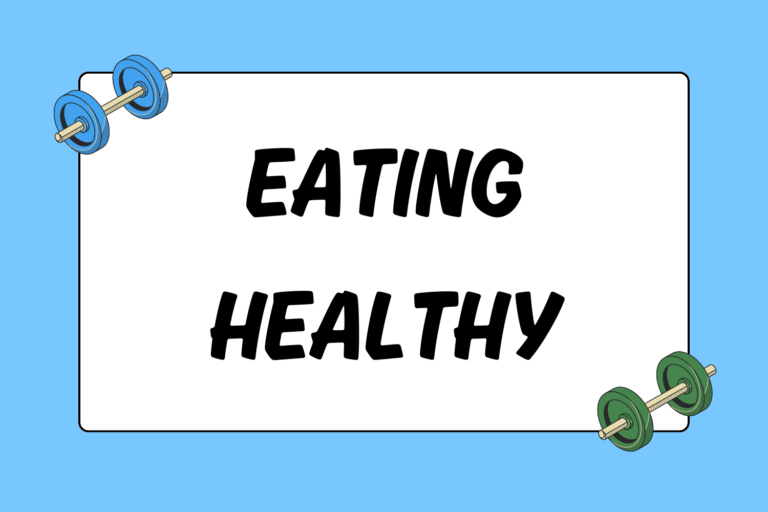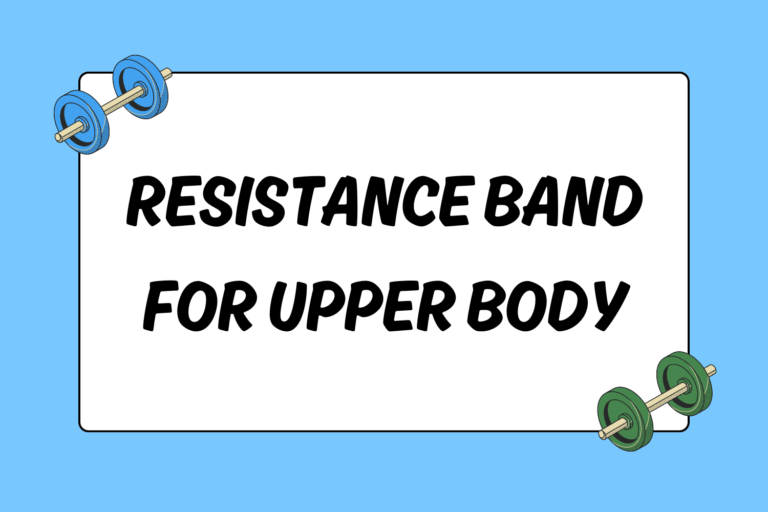Running, weightlifting, and fitness classes may already be a part of your fitness routine, but are you remembering to stretch when you’re finished? The benefits of stretching extend far beyond relaxation at the end of your workout. Not only does stretching help increase your flexibility and range of motion, but it also relieves the lactic acid that builds up in your muscles during your workout.
The stability ball is a great tool for a post-workout stretch. Its use began in physical therapy offices, but stability ball stretching is now also used in most gyms’ fitness classes and in personal training sessions.
Stretching with the Stability Ball
The series of stretches outlined below can be done as a group or individually. Done daily, they can provide pain relief and increase your flexibility, keeping your muscles workout-ready. Stretching is best performed when the muscles are warm, so these stretches may be done at the end of your workout or after a brief 10-minute warm-up.
Chest Stretch
This stretch opens up the chest, releasing tight muscles. It’s common for people to have tight chest muscles if they sit in front of computers all day with hunched shoulders.
- Begin by sitting on the ball and walking your feet forward until only your shoulder blades and neck are supported by the ball. Keep your feet flat on the floor with your knees bent.
- Relax your hips, allowing for a stretch through the abdominals. Let your arms relax to the sides, opening through the chest.
- Hold this position for 20-30 seconds, and then walk yourself back up to your original position.
- Repeat three times.
Shoulder & Back Stretch
This stretch loosens the muscles in the upper back and allows you to open up the shoulder blades.
- Stand in front of your stability ball, bend forward from the hips and place the pinky-side of your right hand on the ball (thumb pointing up). Keeping your knees slightly bent, roll the ball towards the left, opening up the right shoulder blade while keeping the hips square.
- Hold for three to five breaths before switching to the other side.
Upper Back Stretch
This stretch relaxes the muscles in your upper back and shoulders. It will also ease tightness in your lower back.
- Kneel down with the ball in front of you and your toes on the floor. Place both hands on the ball and gently roll forward, rounding through your upper back. Drop your head between your arms and gently pull your hips down toward your heels.
- Hold the position for 20-30 seconds, and then roll back to your starting position.
- Repeat two to three times.
Full Spinal Stretch
The full spinal stretch eases tightness throughout the back.
- Sit on your stability ball and walk your feet out so the ball is underneath your spine. Keep your knees bent and your feet flat on the floor, placed hip-distance apart.
- Hold the stretch for 20-30 seconds, and then roll back onto your feet.
- Repeat two to three times.
Full Body Stretch
This stretch relaxes the spine while also releasing tight abdominal and shoulder muscles. It is also great for people who suffer from sciatic pain.
- Lie face down on the stability ball, with your stomach on the ball. Your feet should be shoulder-width apart with your toes on the floor and your legs relaxed. Allow your arms to relax over the front of the ball.
- Slowly straighten your legs behind you (keeping your feet on the floor) while reaching your hands toward the floor and letting your hips fall toward the floor.
- Hold the stretch for 30 seconds and release by walking your feet back in toward the ball.
- Repeat two to three times.
Hot Tip: Make It More Dynamic
To make this stretch more dynamic, add a slight roll, moving forward and back over the ball, pushing with your feet.
Hip Circles on the Ball
The circular motion of this movement releases tight lower back muscles and helps increase flexibility.
- Sit on the stability ball with your feet flat on the floor and your knees bent at 90-degree angles. Sit up straight, extending through the spine and pull your abdominals in.
- Slowly move your hips in a clockwise, circular motion. Repeat15-20 circles.
- Then reverse directions, circling in a counter-clockwise motion for another 15-20 circles.
Hip Stretch
This hip stretch also uses spinal rotation to stretch the lower back.
- Lie flat on your back with your heels on the ball, toes pointing up. Your knees will be bent at 90-degree angles. Extend your arms along the floor, out to your sides at shoulder-height.
- Keeping your shoulder blades on the floor, slowly drop your knees to the right. (Your feet will remain on the ball, but the ball will roll with your movement.) At the bottom of the movement, hold for 20-30 seconds. As your flexibility increases, you will be able to drop your knees closer to the floor. To start, though, only drop them low enough for you to feel a slight stretch through the hips, obliques, and lower back.
- Return to your starting position and repeat the stretch on your opposite side, dropping your knees to the left.
- Repeat three to four times on each side.
Hip Flexor Stretch
Runners and avid exercisers alike will benefit from this hip flexor stretch.
- Straddle the ball (in a lunge position) with your right leg in front of it, keeping your knee directly over your ankle, and your left leg extended behind the ball, positioned on the ball of your foot. Keep your toes pointing forward.
- Using your hips, slowly roll the ball forward while pressing the left hip into the ball. While your front knee remains bent, keep your back leg straight and abdominals pulled in tight.
- To increase the intensity of the stretch, raise your shoulders, extending through the spine and lifting through the chest. This slight change in position allows for a deeper stretch through the hip flexors.
- Hold the stretch for 20-30 seconds and then repeat with the opposite leg.
Increase Flexibility While Working Your Core
These stability ball stretches will not only increase your flexibility and range of motion, but they also improve your balance because they force you to engage your core muscles during each exercise. Keeping your muscles relaxed during the stretches will also give you the added benefit of stress-relief within the muscles and it will aid in injury prevention.





